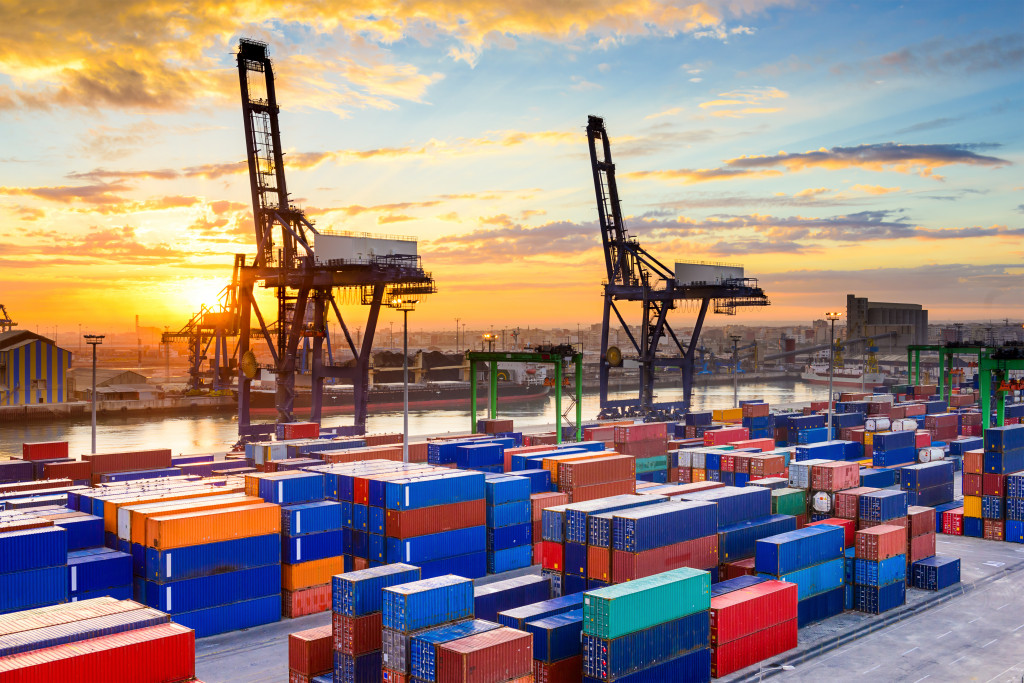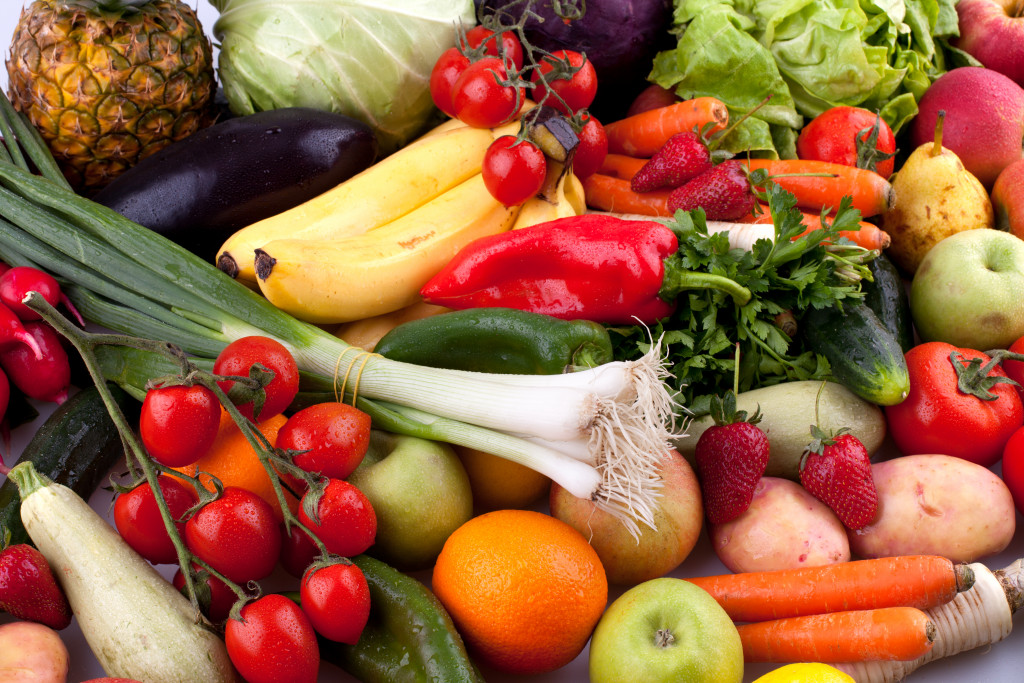- Chefs rely on ingredients from overseas to create high-class cuisine, as they can often find the best flavor and texture beyond their local borders.
- Restaurants must do research when sourcing overseas, considering location, price, reputation, and sustainable practices.
- Logistics should also be prioritized when ordering ingredients from abroad, including maintaining optimal temperature levels and suitable packaging.
- Understanding local and international laws is essential for a successful shipment of goods without complications.
When creating high-class cuisine, many chefs rely on ingredients imported from overseas. This is because the best of the best in flavor and texture can often be found beyond their local borders. Exotic fruits, spices, and seafood can add unique flavor profiles unavailable in local markets. For specific cuisines such as Japanese or French, some ingredients may only be available overseas due to differences in climate and soil conditions.
One example is truffles – an ingredient synonymous with fine dining that can produce a luxurious earthy aroma and deep nutty flavor to any dish they are added to. Nearly 95% of truffles are estimated to come from Europe, with France producing around 50%. Italy alone has over 500 tons of truffles each year, according to statistics released by the Italian Ministry for Agriculture, Food, and Forestry Policies.
Other types of seafood can also only be harvested in specific regions: Japanese Bluefin Tuna is a classic sushi delicacy but has become increasingly scarce due to overfishing. As a result, chefs must look abroad for suppliers who can procure sustainable resources for them at reasonable prices. It has been reported that import volumes of Bluefin Tuna rose 24% between 2011 and 2016 due to increased demand worldwide for this luxury item.
Your high-class cuisine might require ingredients from foreign lands, so you must take logistics seriously to please customers. Here are a few tips for sourcing ingredients from overseas:
Research Suppliers

Research and careful consideration are essential for restaurants seeking to provide high-class cuisine when sourcing ingredients from overseas. Without the proper knowledge, chefs may find themselves lacking in quality or even out of pocket due to high costs over time. Here are a few factors to consider when researching suppliers:
Location
Knowing where your ingredients come from is critical for ensuring the country has adequate food safety standards and that the components will arrive fresh enough for your recipes. By narrowing your search geographically, you can save time and money by finding the best supplier with the most minor travel involved. Additionally, countries specializing in particular products (i.e., truffles in France) may have higher quality options than elsewhere.
Price
Price is always a concern when ordering from overseas – especially for luxury items like truffles or Bluefin Tuna. Although pricier ingredients can yield unique flavors, you will want to find the best deal possible by comparing suppliers’ prices, delivery fees, and taxes. Failing to include these extra costs can quickly eat into already slim margins, so it’s essential to diligently research each supplier before making a purchase decision.
Reputation
In addition to price, reputation is essential when considering any potential supplier. Read reviews online and ask about customer experiences with different companies. This includes feedback from previous customers and other local chefs who may have dealt with them. You want your restaurant’s reputation to remain intact, so it pays off to select only top-tier suppliers who will deliver consistent quality every time.
Sustainable Practices
Finally, chefs should strongly consider if their ingredient supplier follows sustainable practices when harvesting their seafood or plants from their natural habitats abroad. They must understand how their business activities impact ecosystems overseas – this helps ensure that future generations can access these same sources of top-notch ingredients for years!
Prioritize Logistics

Logistics is a critical part of sourcing ingredients from overseas for high-end restaurants. Without reliable cold chain shipping, ingredients can spoil in transit, and chefs cannot produce their cuisine. Refrigeration systems and proper packaging must keep ingredients fresh and safe on their journey to the restaurant kitchen.
Shipping logistics involve more than just packing up boxes of ingredients and sending them off. However, the entire process must be carefully planned and monitored. This includes maintaining optimal temperature, humidity, and oxygen levels throughout transit across borders or oceans. Additionally, transport vehicles should be kept clean and free of pests or contaminants that could damage sensitive goods in transit. An established network of reliable suppliers with access to suitable equipment is essential for ensuring a successful shipment of high-quality ingredients from overseas.
Learn Rules and Regulations
Every country has its customs and regulations for importing food. The import process can be particularly stringent in some cases, such as Japan. Restaurants must understand local and international laws before sourcing ingredients from overseas. This reduces the chance of shipment complications due to incorrect documentation or red tape at customs.
Finally, restaurants must also consider the cost of exporting goods from their origin country – duties, taxes, and fees can affect pricing significantly. Researching these costs in advance pays off instead of finding out after a shipment has been made!
Final Thoughts
Using ingredients from overseas can add a distinctive flair to high-class dishes. However, sourcing these luxury items requires chefs to research suppliers properly and understand local and international shipping regulations. With the proper preparation and logistics, restaurants can successfully source quality ingredients from abroad without risk of contamination or spoilage. By utilizing this guide as a reference point, restaurateurs can take their cuisine to new heights by featuring top-notch ingredients from overseas!

